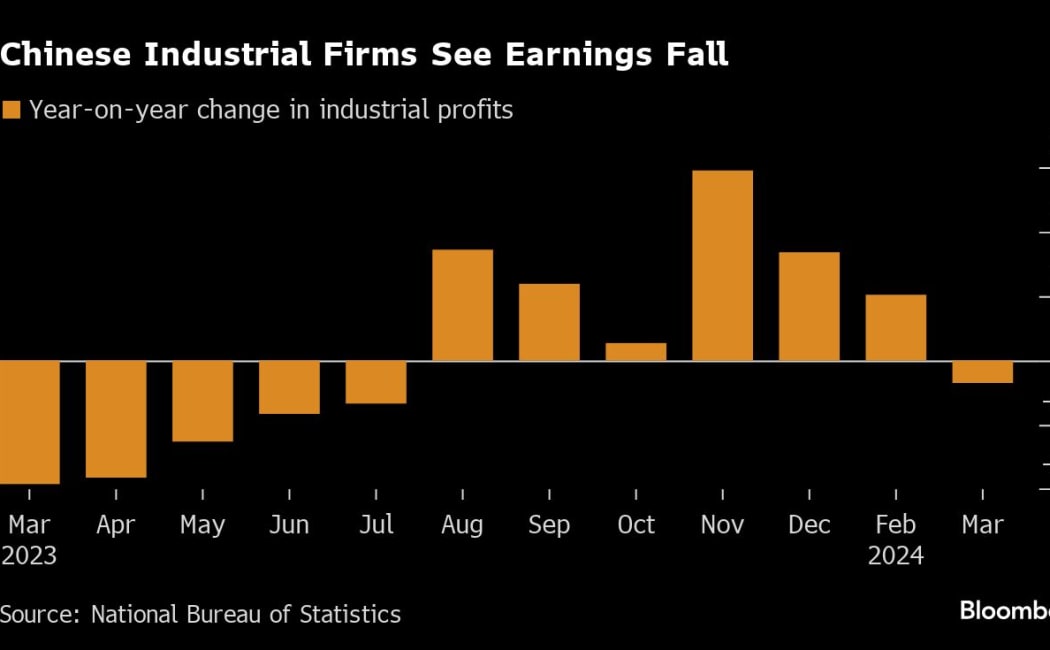China’s Industrial Output Rises 6.5% | Consumer Spending Slows, Unemployment Falls in September 2025

China’s Industrial Output Jumps 6.5% While Consumer Spending Hits 1-Year Low — Unemployment Rate Dips to 5.2% in September 2025
China’s economic landscape in September 2025 presented a mix of encouraging growth and concerning slowdowns. Industrial production recorded a significant surge, highlighting robust manufacturing momentum. However, a decline in consumer spending signaled ongoing challenges in domestic demand. Meanwhile, the national jobless rate fell slightly, showing modest improvement in the labor market. Together, these indicators paint a complex picture of the world’s second-largest economy at a pivotal moment.
Industrial Output Surges Past Expectations
China’s industrial production grew by 6.5% year-on-year in September, surpassing the 5.0% market forecast and improving from August’s 5.2%. This marks the strongest expansion in several months, fueled by increasing manufacturing activities and steady export performance. Analysts suggest that sectors like high-tech manufacturing, automotive production, and renewable energy equipment contributed significantly to this growth.
On a monthly basis, industrial output climbed 0.64%, the fastest pace in seven months. Cumulatively, industrial production expanded 6.2% in the first nine months of 2025 compared to the same period in 2024, underlining sustained factory resilience despite external pressures.
Consumer Spending Slows to One-Year Low
While factories hummed with activity, consumer spending presented a weaker picture. Retail sales slowed to 3.0% year-on-year growth, down from 3.4% in August — the lowest since August 2024. Month-on-month, retail trade fell 0.18%, reversing the 0.25% gain recorded in the previous month.
Experts link this softening to cautious household spending, high youth unemployment earlier in the year, and lingering uncertainty in the property market. For the January–September period, retail activity grew by 4.5%, signaling steady but fragile domestic demand.
Jobless Rate Drops to 5.2% in September
The unemployment rate in China saw slight improvement. The surveyed jobless rate fell to 5.2%, down from 5.3% in August. This is a positive sign for labor market stability, though structural challenges remain. Among registered local workers, the rate stood at 5.3%, while among the migrant workforce, it was a lower 4.9%.
Economists view this dip as evidence of a gradual recovery in employment opportunities, particularly in manufacturing and services. However, they also warn that weak consumer confidence could limit further labor market gains.
Housing Market Shows Signs of Stabilizing
In another key sector, China’s housing market showed mild improvement. New home prices across 70 cities fell 2.2% year-on-year in September, easing from the 2.5% drop in August. This is the mildest decline since March 2024, suggesting that government stabilization efforts may be gradually taking effect.
Still, the real estate sector remains fragile. Policymakers continue to balance between stimulating homebuyer confidence and avoiding speculative bubbles. A stable housing market is seen as essential to reviving consumer confidence and broader economic growth.
Fiscal Revenue and GDP Growth Beat Estimates
China’s fiscal revenue grew by 0.5% in the first nine months of 2025, improving slightly from the 0.3% rise recorded in January–August. The country’s GDP growth also beat expectations, expanding 1.1% quarter-on-quarter in Q3, compared to the 0.8% forecast. This followed a revised 1.0% growth in Q2.
This steady expansion reflects solid export performance and industrial activity. It also indicates that China is maintaining momentum despite weak domestic demand.
Monetary Policy Remains Supportive
The People’s Bank of China has kept key lending rates at record lows for the fifth consecutive month. This accommodative monetary stance aims to support borrowing, investment, and overall economic recovery. Analysts expect this policy to continue until consumer demand shows stronger signs of rebound.
Low interest rates also help businesses in capital-intensive sectors, which is likely to sustain China’s industrial momentum into the final quarter of the year.
Market Reaction and Currency Stability
Markets responded positively to the latest economic data. The Shanghai Composite Index rose 0.5% to around 3,860, while the Shenzhen Component gained 1.5% to 12,880. These gains came amid signs of easing Sino-US trade tensions.
The offshore yuan traded flat around 7.12 per dollar, holding near three-week highs. This reflects investor optimism about economic stabilization and improved foreign trade sentiment.
Industrial Capacity and Future Outlook
China’s industrial capacity utilization rate slipped slightly to 74.6% in Q3 2025 from 75.1% a year earlier. Although this shows a small decline, analysts note that output remains robust.
Looking ahead, China’s economic growth trajectory will depend on reviving consumer confidence, stabilizing the property sector, and sustaining manufacturing strength. The combination of targeted stimulus, stable monetary policy, and global demand could help the economy navigate these mixed signals.
In summary, September’s data underscores a dual-track economy: strong industrial performance paired with softer consumer demand. While job numbers are improving and GDP growth remains resilient, restoring retail momentum and housing market confidence will be key to unlocking broader economic recovery in 2025.
